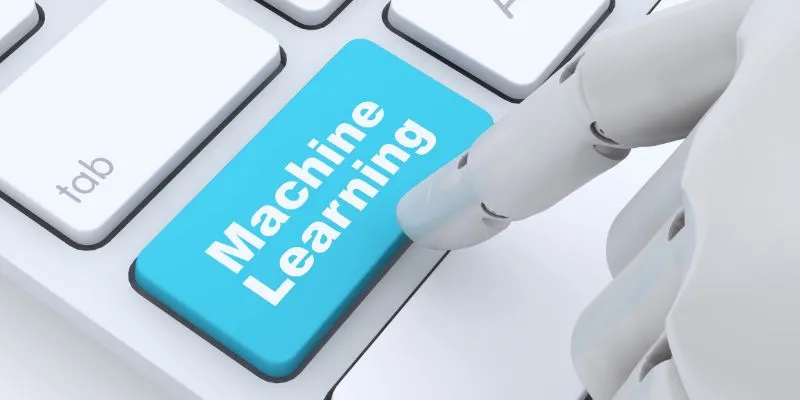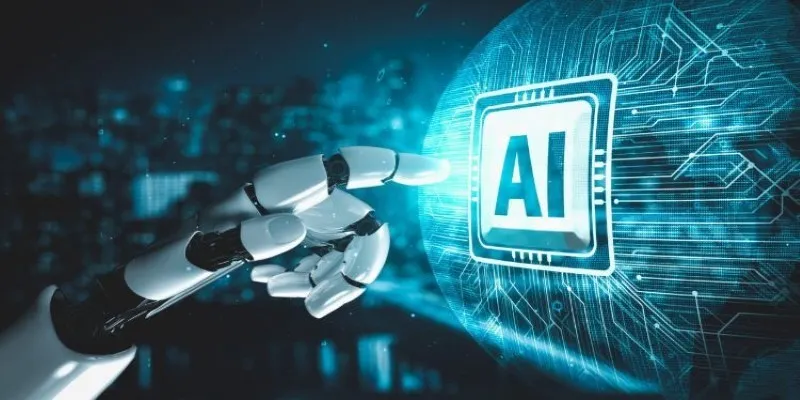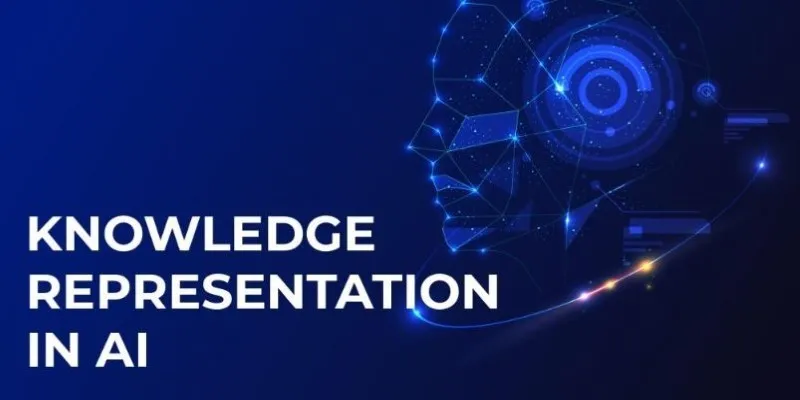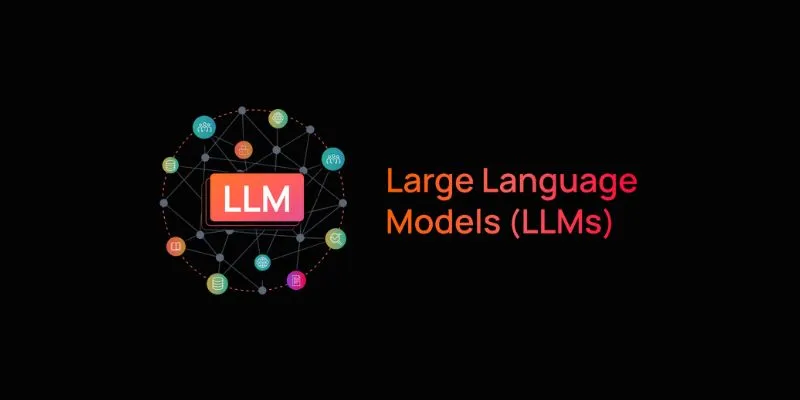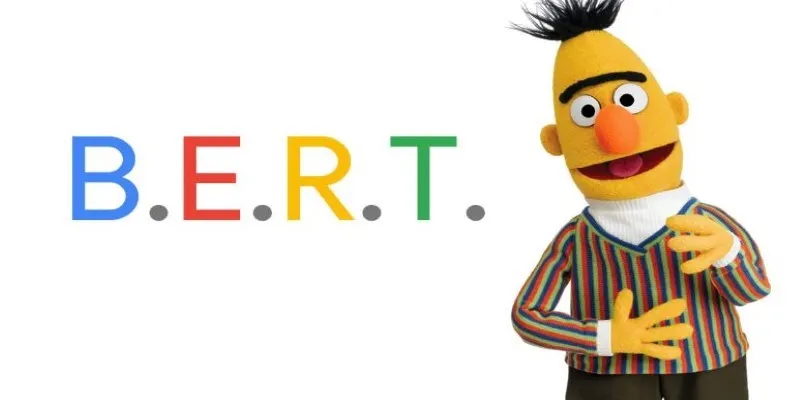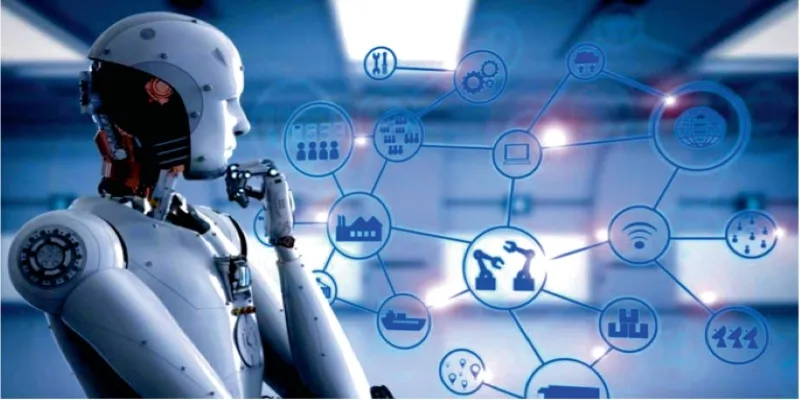Imagine if machines could perform tasks just like humans. Sounds unbelievable? Well, AI is turning this once-unbelievable thought into reality. Since the 1950s, scientists have been working on creating machines that mimic human capabilities. Over time, AI has become incredibly helpful, with machine learning being a significant contributor to its growth.
Machine learning allows computers to learn from data and act accordingly. But how exactly are AI tools trained? If you’re not familiar with the process, this article will explore the basics of AI training, the various types of AI model training, and offer helpful tips for training AI tools. Let’s dive in!

How to Train AI Models?
Training an AI model involves three main steps: training, validation, and testing. This process enables the model to learn from data and make accurate predictions. Here’s a detailed breakdown of how AI training works:
Step 1: Training the Model
The first step in AI training is providing the model with data. This
allows the system to recognize patterns and improve its predictions over time. The model analyzes the data, makes initial predictions, and compares them with expected results to ensure accuracy. There are two primary types of training:
- Supervised Learning: The model is given labeled data, meaning each input comes with a correct answer. This helps the AI understand specific patterns and make accurate predictions. A common example is teaching AI to recognize faces by providing labeled images.
- Unsupervised Learning: The model receives data without labels and learns by identifying patterns independently. This method is useful for tasks like customer segmentation, where the AI groups similar behaviors without prior instructions. Reinforcement learning, a subset of unsupervised learning, involves the AI learning through trial and error, receiving rewards for correct actions. It is often used in game-playing AI or self-driving cars.
Step 2: Validating the Model
After initial training, the next step is validating the model. The AI
model is tested on new data it has never encountered before. This step, called validation, ensures the model learns correctly rather than just memorizing the training data. If the model performs well on validation data, it can make accurate predictions in real-world scenarios. Early stopping prevents unnecessary training if no further improvements are being made. Adjustments may be needed if the model performs poorly during validation, such as refining the data or altering the training process.
Step 3: Testing the Model
The final step is testing, which evaluates the model on completely new
data. This helps determine whether AI can make accurate predictions outside the training environment. Testing also helps identify issues like overfitting and underfitting. In overfitting, the model performs well on training data but fails with new data. In underfitting, the model is too simple and fails to capture important patterns. If the model doesn’t perform well during testing, the training process needs improvement. However, even after successful training, AI models require updates to keep up with real-world changes. By following these steps—training, validation, and testing—AI models can become more reliable and efficient.
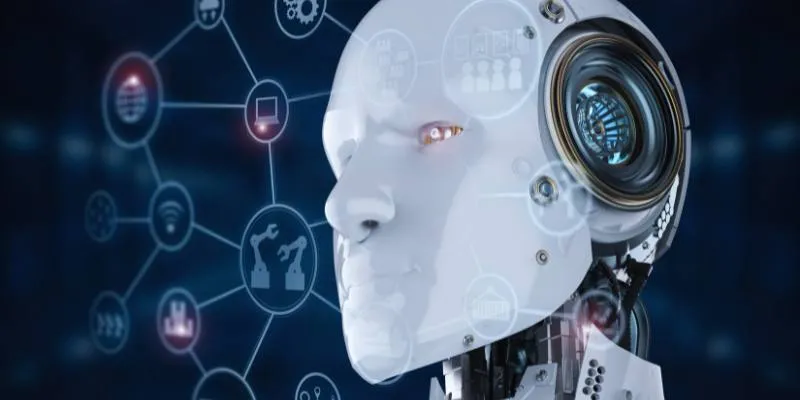
Types of AI Model Training Methods
AI models are trained using various methods, depending on the goal and available resources. Here are some of the main types:
- Deep Neural Networks : These models analyze complex data patterns to make predictions, commonly used in voice assistants like Siri and Alexa.
- Linear Regression : This method identifies relationships between variables and is often used for forecasting, such as predicting sales trends.
- Decision Trees : This model operates like a flowchart, making step-by-step decisions. It is frequently used in loan approval processes.
- Generative Models : These models create new content, such as AI-generated images and chatbots.
- Logistic Regression : Useful for making binary decisions, like detecting fraud in banking.
- Random Forest : By combining multiple decision trees, this method improves accuracy and helps businesses predict customer behavior.
- Transfer Learning : An existing AI model is adapted for a new task, such as improving image recognition models.
- Supervised Learning : AI is trained using labeled data, like teaching a model to identify abnormalities in medical images.
- Unsupervised Learning : The AI independently learns patterns, such as identifying customer shopping trends.
- Semi-Supervised Learning : AI learns from both labeled and unlabeled data, often used in text classification.
Where Does the Training Data Come From?
Training data for AI can come from two main sources: internal and external. Internal data refers to information organizations already possess, such as customer data, and is often used for specific AI projects within a company. For example, Spotify’s AI DJ analyzes your listening history to create personalized playlists. On the other hand, external data is collected from outside sources. Some companies purchase large datasets from vendors who collect and sell data. For instance, Reddit began charging for access to its API in April 2023 to benefit from the growing demand for AI training data.
Other external sources include open datasets shared by governments, research institutions, and more. Some companies also use web scraping to gather data from the Internet, but this method carries risks and can be illegal. Using the right data is crucial for effectively training AI models. Both internal and external data quality impacts the accuracy of AI systems. Businesses must use legal and ethical sources to avoid legal issues when collecting data.
Tips for Training AI Models
Here are some useful tips to enhance the AI training process:
- Use Diverse Data : A robust AI model needs a wide range of training data to perform well in real-world situations.
- Keep Data Updated : AI models require fresh data to stay accurate, especially in rapidly evolving fields like healthcare.
- Use Transfer Learning : Save time by using pre-trained models and fine-tuning them for new tasks instead of starting from scratch.
- Stay Informed : AI is constantly evolving. Stay updated with the latest research, attend conferences, and explore new methods to keep up with advancements.
- Enhance Data with Augmentation : Create slight variations in existing data, like rotating images or changing brightness, to help AI models learn better and prevent overfitting.
Conclusion
AI has revolutionized the way we interact with technology, making tasks easier and more efficient. Training AI models involves providing them with data, refining their learning process, and continuously improving their accuracy. Machine learning plays a crucial role in helping AI systems learn and adapt.
 zfn9
zfn9







